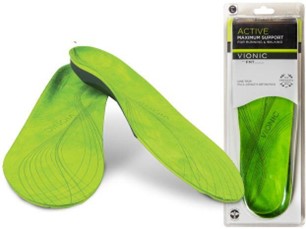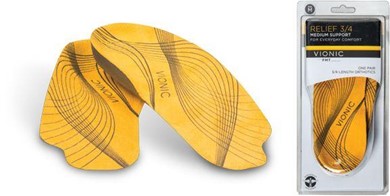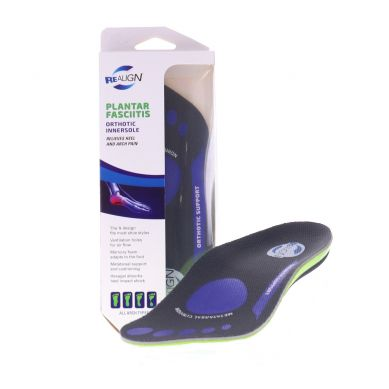If you are experiencing any unusual pain or discomfort in your feet, legs, knees, hips or back and you can’t recall injuring yourself, you may benefit from wearing arch support insoles. Arch support insoles are placed under the arch of your foot to provide support and relieve pain. Initially, off-the-shelf options are attempted as a form of temporary relief from pain felt in this area. However, arch support insoles are a decision best made by a foot doctor who can make a qualifying assessment and offer the best medical advice.
What are Telltale Signs That I Need Arch Support Insoles?
Arch support insoles are best recommended by a trained foot doctor who can properly assess your foot health and all that it needs. Before you visit a doctor, there are a few tell-tale signs that could be indicative of the need for arch support. A few signs you shouldn’t ignore when it comes to considering arch support insoles are:
- Uncommon foot pain or swelling
- Pain specific to the heel area
- Uncommon foot anatomy such as flat foot or high arch
- The onset of problems with balance
- Lower limb injuries
- Diabetic foot complications
- Athletes
- Plantar Fasciitis
Arch support insoles can provide tremendous relief to these signs and symptoms and when applied, give the feet the support and comfort they need to be in optimal condition. Even if you aren’t showing the need for arch support insoles, the application can be helpful in preventing and protecting the mechanics and function of the feet before issues arise.
A Couple of Products you Could Try for Arch Support Insoles?
An active full-length orthotic insole is available for the support of the arch area and can be purchased through Suncoast Podiatry. This specific orthotic is suitable for sports and activewear, with a focus on cushioning and support for athletes and those who have heavy foot traffic and require more protection to the heel area. These orthotic insoles have been reviewed as not only comfortable but as a possible cure for back problems originating in the feet.
Another option to provide relief in arch support is these 3/4 Relief Orthotic Insoles. The unique ¾ length of these orthotic insoles makes these the perfect fit for any shoe, and a targeted application to the heel area. With the ¾ Relief Orthotic Shoe Insole, the discomfort caused by friction between feet and shoes is reduced. This product is also able to be changed easily from shoe to shoe, making it perfect for those with heel pain and a need for an orthotic insole in various shoes.
Perhaps the most commonly used insole is the Plantar Fasciitis Orthotic Insole As the name implies, this insole is used to relieve the pain associated with plantar fasciitis, which is a condition that causes extreme pain in the heel of your foot. The pain is caused by inflammation of the ligament that supports the arch, and is susceptible to overuse.
The plantar fasciitis insole relieves pain and provides support with the use of memory foam and unique cushioning for the toes, often not considered with non-specific orthotic insoles. Innovative hexagel absorbs heavy impact made to the heel area, while holes throughout the design provide comfortable airflow. These plantar fasciitis insoles provide the most relief to such a painful condition and can be applied to all orthotic-friendly shoes.
Where Can I Find Arch Support Insoles?
Arch support insoles can create a safe, supportive and protective environment for the arches of our feet. While some people suffer from conditions like plantar fasciitis and diabetic neuropathy, the application of orthotic insoles can provide relief to people who don’t experience these issues. Our feet are under constant weight, pressure and direct usage. Orthotic insoles guarantee that the function and mobility of our precious lower limbs aren’t compromised.
There are many different arch support insoles available to meet your specific needs. A plantar fasciitis insole is the perfect answer to plantar fasciitis pain, whereas ¾ orthotic insoles offer more customisable wear and ease of transition between orthotic friendly shoes. Custom orthotics can be prescribed under the direction of a foot doctor. More condition-specific orthotics can be found once properly diagnosed.
If not sure, call us, send an enquiry, or better still, make an appointment for an assessment. No doctor’s referral is necessary. Some private insurers may provide rebates on the orthotic insoles.



